Toyota has revealed a bare-bones, go-anywhere 4x4 truck that it says it will never finish - on purpose.
The IMV Origin is a compact, flatbed, off-road-ready utility vehicle that Toyota has designed specifically for rural villages in remote areas of Africa, where the terrain is challenging, access to spare parts extremely difficult, and public transport non-existent.
Equipped with just one seat in its offset cab, no doors or windows, and a completely bare frame, the IMV Origin will be built to a state of 70% completion by Toyota in Japan, and then shipped as a kit – like a flatpack piece of furniture – for the owner to finish building, or, Toyota says, "co-create".
It is "the ideal tool to empower its users" said Lance Scott from Toyota's European design studio in France, because it can be "assembled on site with simple tools, and adapted to your needs".
The IMV Origin can be a pick-up, a box truck, a flat-bed or even a mini safari-style bus with more seats - "it's easy to build, easy to modify and full of opportunities for the local population to profit from being a part of the creation process".
Toyota envisions that leaving final assembly to the end user will spark the creation of mini production facilities in these remote locations, where importers can modify the IMV Origin to suit local needs and serve as a supplier to local industries.
It's a similar concept to the IMV 0 concept Toyota revealed in 2022, which evolved into the Hilux Champ - a larger truck chassis that is similarly adaptable and designed with affordability in mind.
Toyota's president and CEO Koji Sato, revealing the concept at the Tokyo motor show, said it was "frustrating" for the company to leave a car deliberately incomplete, but added: "Not finishing it is what makes it a 'for you' car, because people have different needs in their daily life and work.
It has not given any technical details of the concept, but it looks to have a similar compact footprint and wheelbase to a supermini, and will no doubt have a combustion-based powertrain, given the lack of EV charging infrastructure in the regions for which it's been designed.

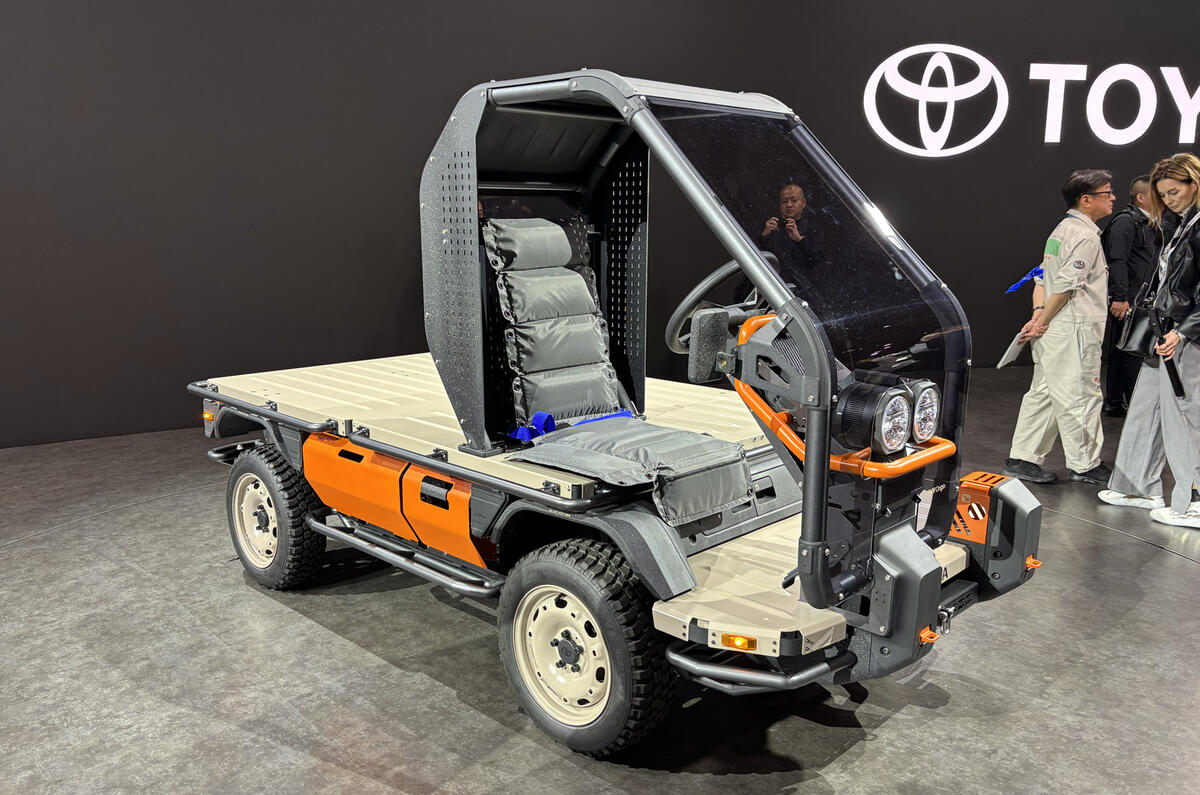
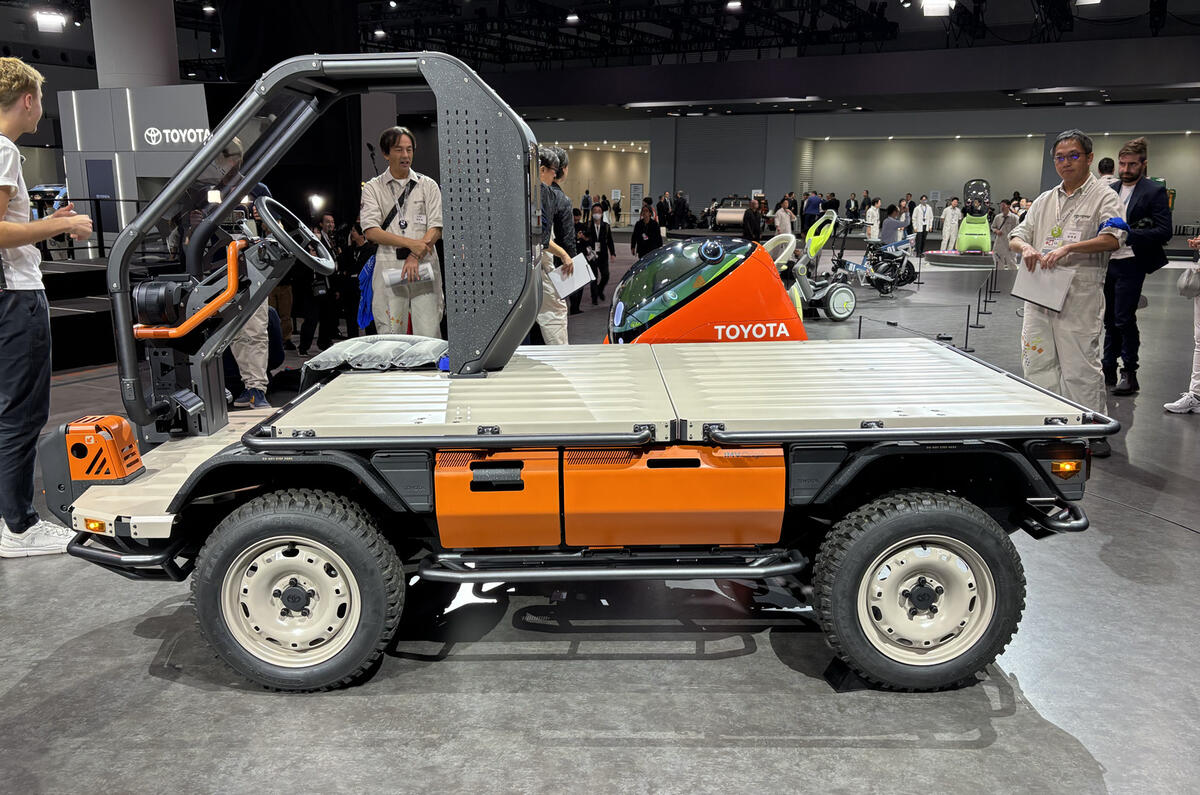
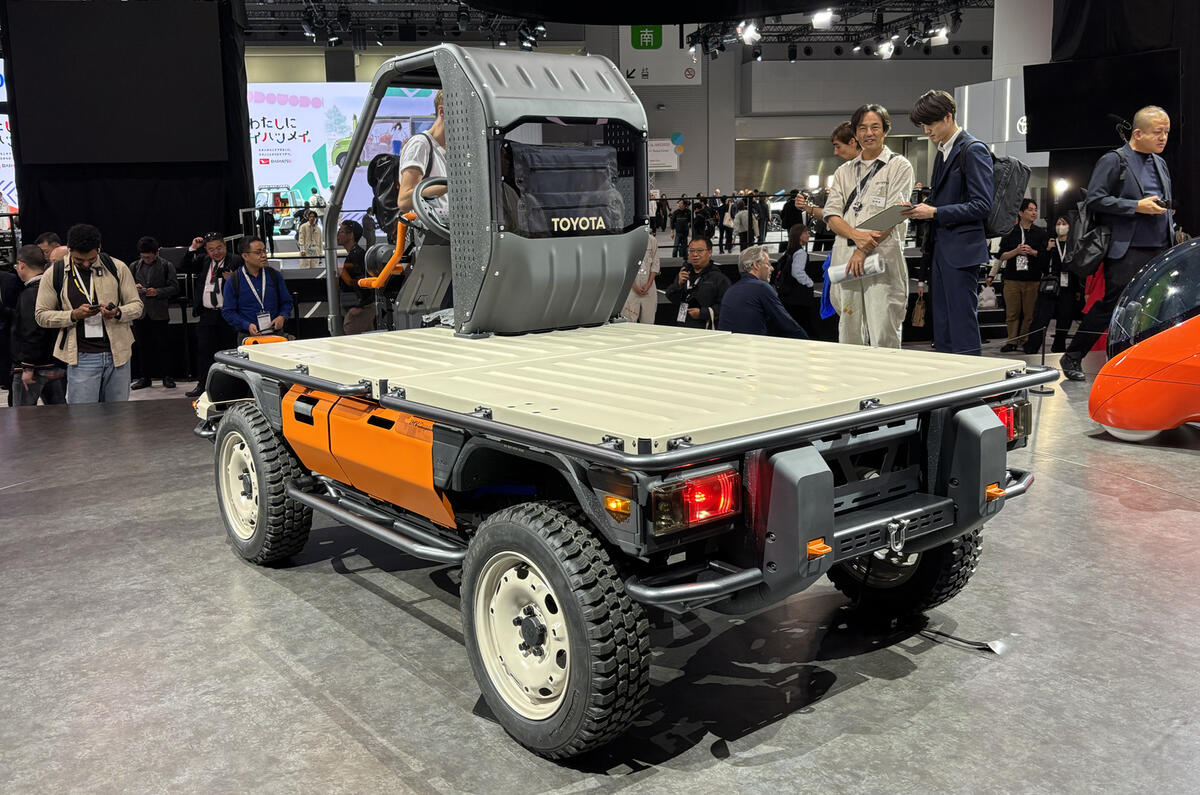
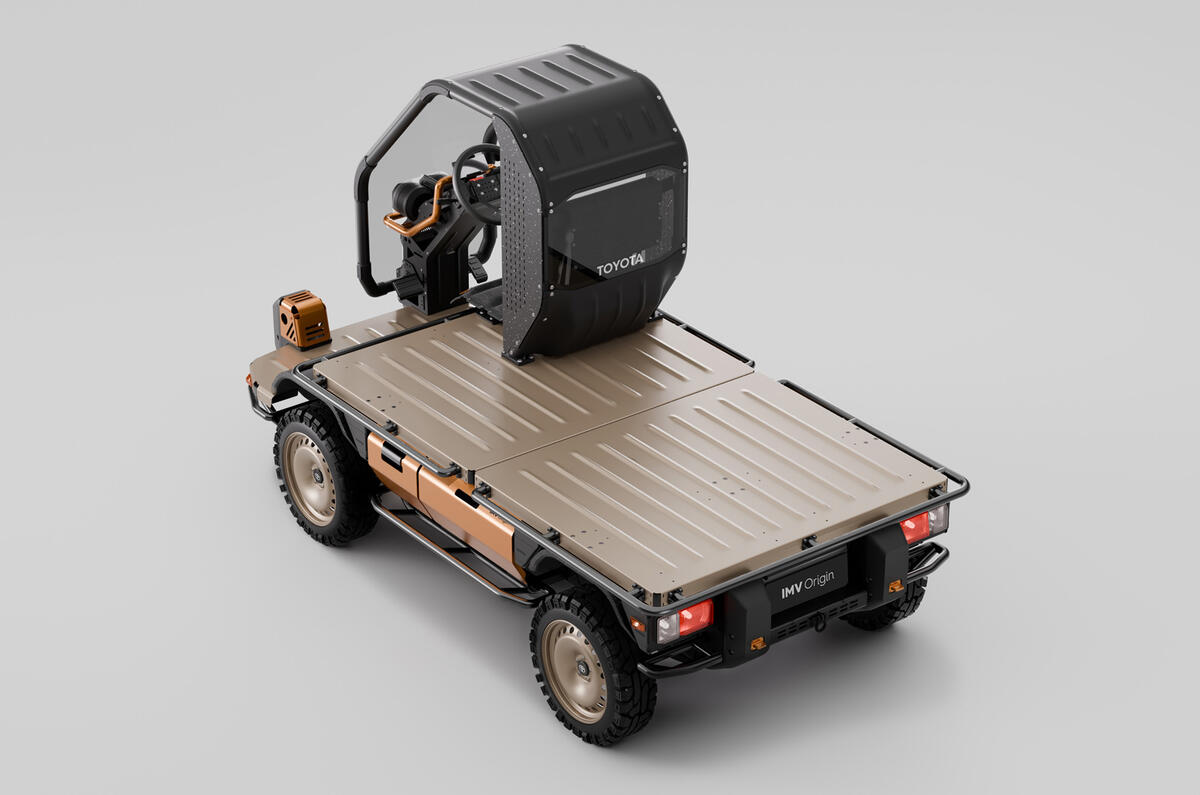

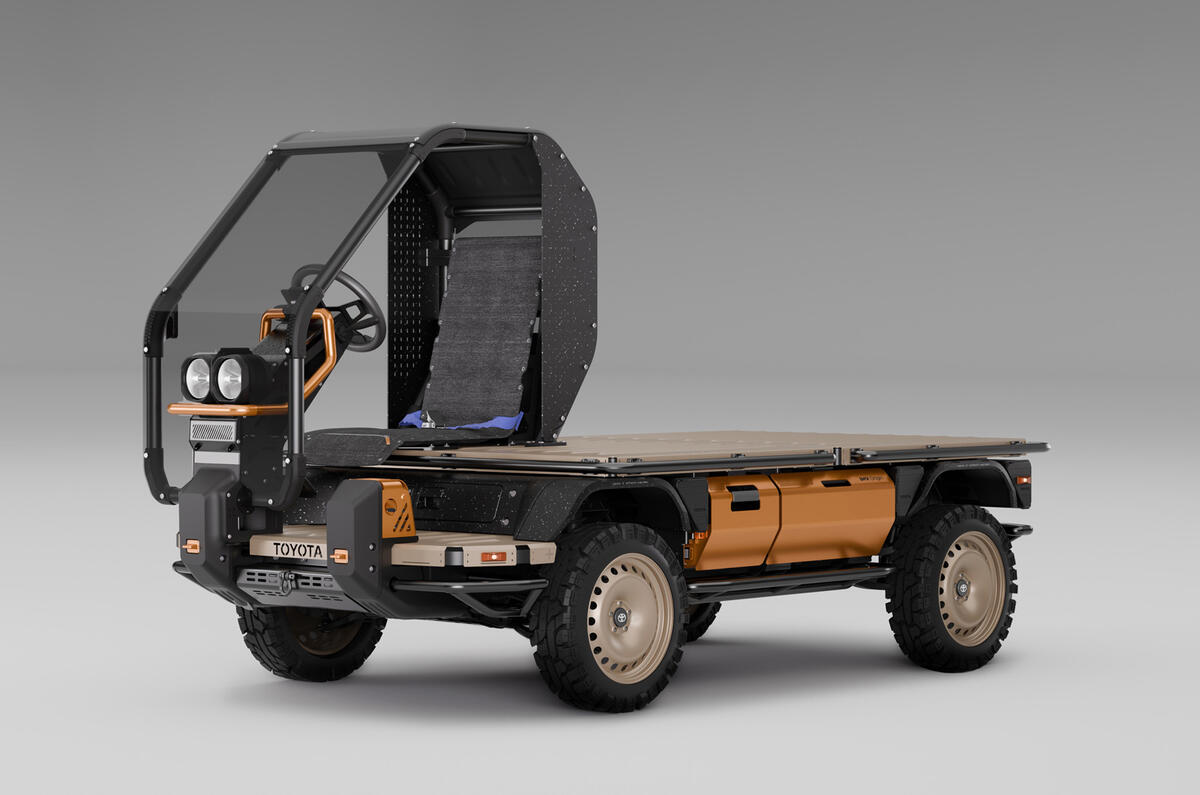












Join the debate
Add your comment
So good to see a RHD car on a world stage. JLR wouldn't dream of doing that, even though they try and make out that they are a British manufacturer!